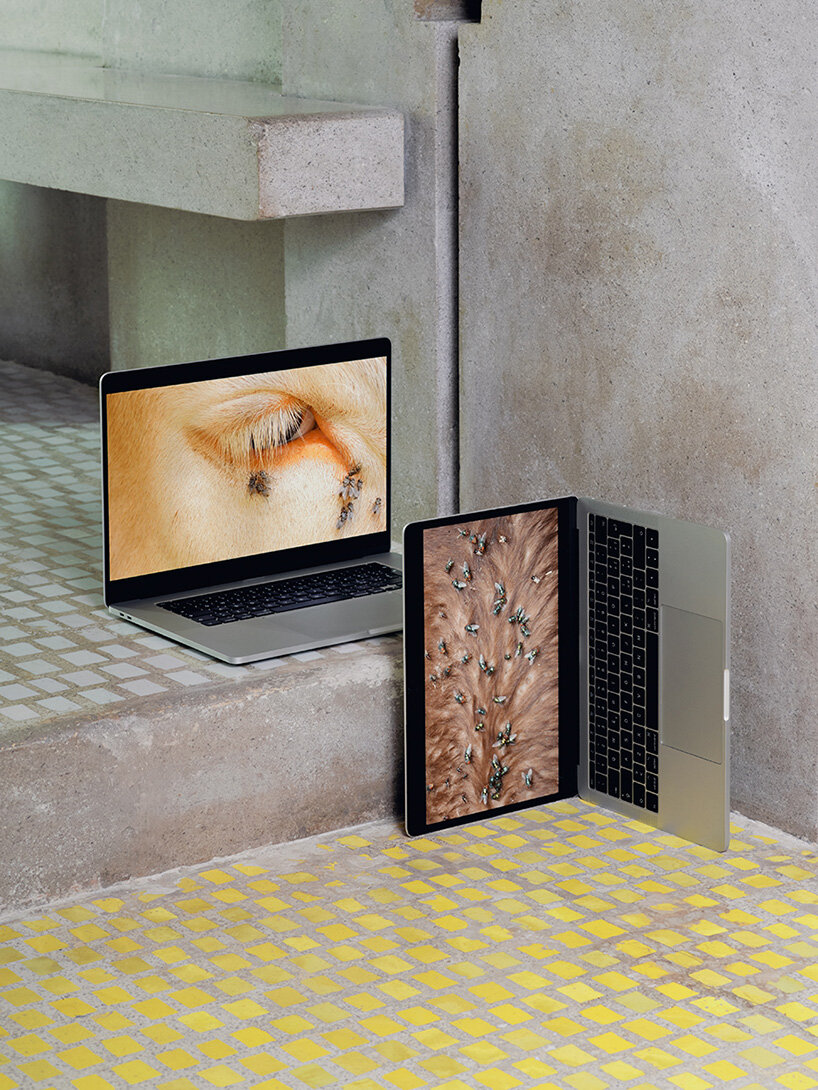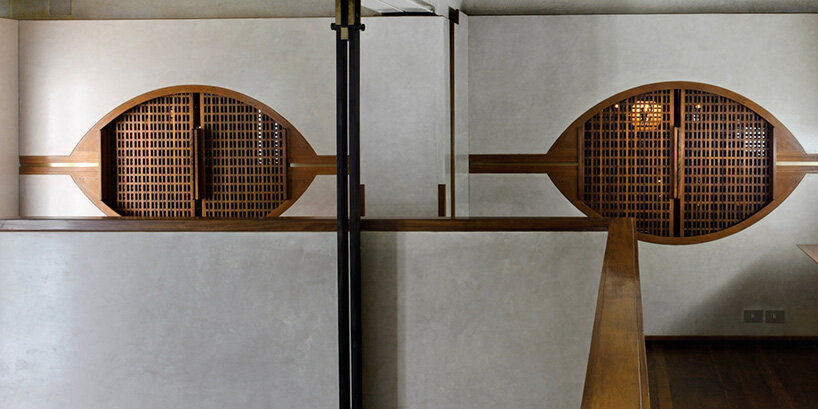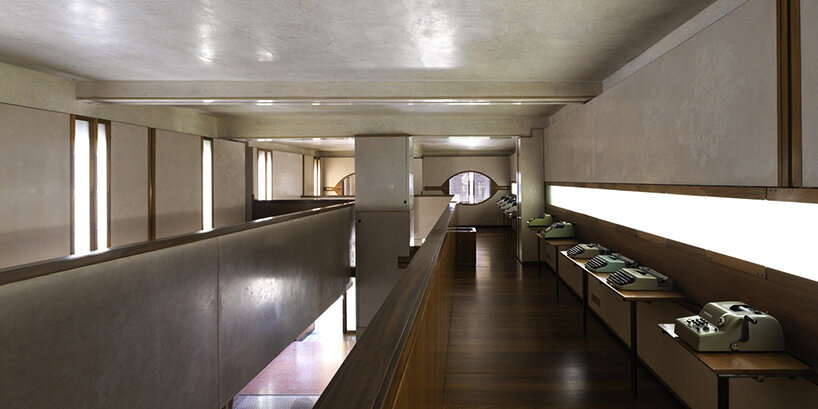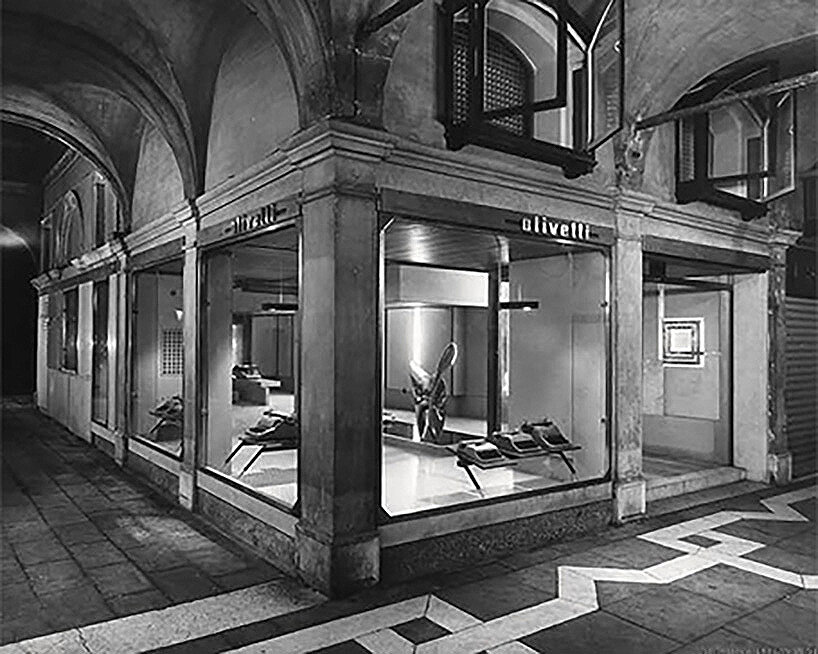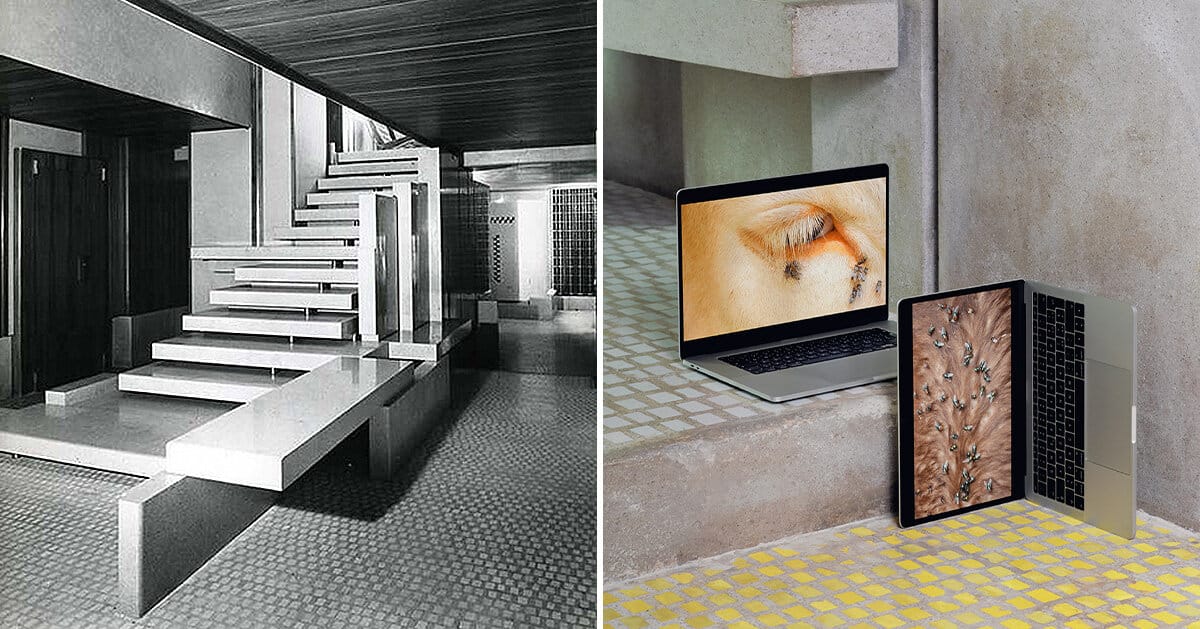The Shape of Things to Come: Formafantasma Revives the Olivetti Store to Question Consumption and Obsolescence in the Age of Technology
Formafantasma Revives the Historic Olivetti Store at the 2025 Venice Biennale
Between Modernity and Heritage: “The Shape of Things to Come” Exhibition
As part of the 2025 Venice Architecture Biennale, the Olivetti store located in Piazza San Marco is undergoing a remarkable transformation. This transformation is through an artistic and analytical project titled “The Shape of Things to Come.” This exhibition is organized by Formafantasma studios, under the direction of art critic Bartolomeo Pietromarchi. It will run from May 8 to September 28. The unique form of the things to come, or “The Shape of Things to Come Formafantasma Olivetti,” is the central theme of this event.
A Dialogue Between the Past and Modern Technology
The exhibition is held within the iconic showroom designed by architect Carlo Scarpa. It serves as a revival of the spirit of modern design in the face of contemporary challenges. The display goes beyond merely restoring the classic architectural space. It aims to build a critical dialogue between the traditional design philosophy associated with craftsmanship and detail, and contemporary systems, often described as “designed to fail.”
From Electronic Waste to Environmental Awareness
This project extends Formafantasma’s previous research, which began in 2017 under the title “Raw Cycles.” It focuses on electronic waste as both a material and a concept. Through this extension, the exhibition addresses the troubling role of the tech industry in exacerbating the climate crisis. It aims to shed light on how products are designed in a way that accelerates their obsolescence. Consequently, this leads to an ever-increasing accumulation of waste. In this context, “The Shape of Things to Come Formafantasma Olivetti” offers a critical solution to these issues.
“The Shape of Things to Come”: A Tribute to Timeless Design and a Critique of Planned Obsolescence
From Electronic Waste to Systems Designed to Fail
As a continuation of Formafantasma’s “Raw Cycles” project launched in 2017, the exhibition “The Shape of Things to Come” deepens its analysis of electronic waste pathways. It achieves this by dissecting fragile recycling networks that often remain invisible behind the facades of our everyday devices. This time, however, the focus shifts to “planned obsolescence.” This is an industrial strategy where products are designed with a limited lifespan to encourage repeated consumption.
The exhibition explores this concept through a mix of:
• Physical design objects,
• 3D animations,
• And documentary films.
These mediums come together to reveal how the tech industry hides its true environmental impacts. The impacts are hidden behind shiny surfaces and clouds of intangible data.
Designing the Future Starts with the Present
The exhibition takes its name from H.G. Wells’ science fiction novel The Shape of Things to Come. However, its aim is not to predict the future. Instead, it emphasizes that what we design today will shape tomorrow. As technological industries continue to behave as if resources are unlimited, the impact is significant. As accumulated waste is ignored, the environmental impact has already become tangible.
Olivetti: A Countermodel to the Culture of Fast Consumption
The historic Olivetti brand serves as an important centerpiece of this exhibition. It represents a countermodel to the philosophy of “planned obsolescence.” Olivetti became renowned for innovations in:
• Designing durable machines,
• Functionality and practicality,
• Respecting the aesthetic taste and social dimension of design.
In this context, showcasing Formafantasma’s works in a space designed by Italian architect Carlo Scarpa reinforces the message. Scarpa believed that design was not merely about decorating space. Instead, it was a complete philosophical system that arises from a deeper meaning.
A Meeting Between the Past and the Future
Thus, “The Shape of Things to Come” becomes a unique opportunity to witness contemporary design. It engages in direct dialogue with one of Italy’s most significant architectural landmarks. This offers a visual and intellectual experience that challenges visitors to reflect. Reflect on the fate of the things we use, design, and discard.
